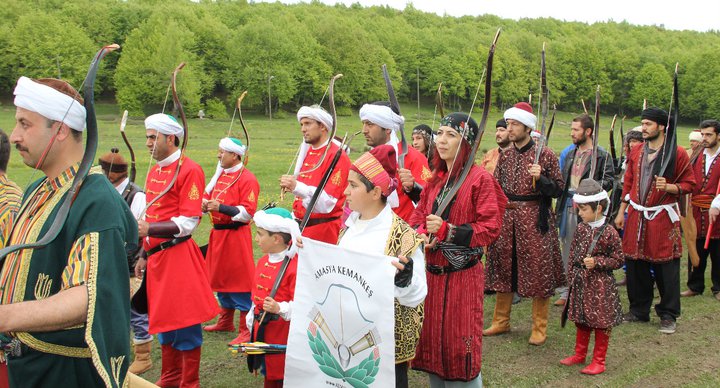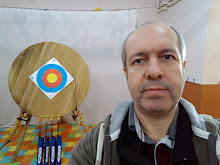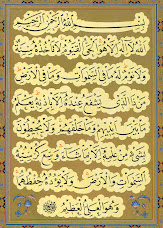


Antique 17th-18th century Islamic Indo Persian superb Composite War Bow with its original beautifully green lacquered surface with gold flecks. This particular style of bow was used by Turks, Tatars, Eastern Europeans, Persians and Northern Indians. This bow is slightly different in shape than the typical Indian bow "Kaman". The process to make a composite bow was very long and complicated, different horn was used, wood, and sinew, and a correct balance between these different components provided a highly efficient bow, therefore composite bows were very expensive compared to other weapons. The composite bows were a powerful weapon of the Islamic, Tatar and Eastern European armies. Dimensions: 47.5 cm (18 3/4 in) by 29 cm (11 3/8 in). A similar bow to this one is published in the book "Persian and Indo-Persian Arms and Armor of 16th-19th Century from Polish Collection -Catalogue exhibition Malborg Castle Museum" by Antoni Romuald Chodinski, Page362, which is described as PERSIAN -TURKISH REFLEXIVE BOW (KAMAN) 18th century. Condition: The bow is in an incredibly good condition considering its age. These types of bows were made in Turkey and Persia from the 15th to the 18th century. Since bows were very expensive and would not go out of fashion or style, they were passed from father to son and were used by the next generations, so bows made in the 17th century were still used during the 18th century. Because the Ottoman Empire and Persia have a long border and over the centuries the Ottomans were influenced by Persian art and arms and armour, the Safavides which actually were Turks were influenced by Ottoman art and arms and armour, sometimes it is difficult to determine if a bow is Turkish or Persian since in the Ottoman Empire a many different types and varieties of bows were made. For example in the Book "Schatze aus 1001 Nacht" is published a similar bow to this one from the Kunsthistorisches Museum Wien and is described as Osmanish circa 1550. In the book "Die Karlsruher Turkenbeute" from Badisches Landesmuseum Karlsruhe are also published similar bows gotten from Turks in the battle of Vienna 1683. Also in the book "Persian and Indo-Persian Arms and Armor of 16th-19th Century from Polish Collection -Catalogue exhibition Malborg Castle Museum" a similar bow is described as PERSIAN -TURKISH REFLEXIVE BOW (KAMAN) 18th century. In this circumstance we do not want to make a judgment if the bow is Turkish or Persian, however we provide our clients with a certificate of authenticity to ensure that the bow is 100% authentic antique made in the 17th-18th century. INTERNATIONAL SHIPPING COSTS ARE BASED ON DIMENSIONAL WEIGHT AND REGION OF FINAL DESTINATION.







Hiç yorum yok:
Yorum Gönder